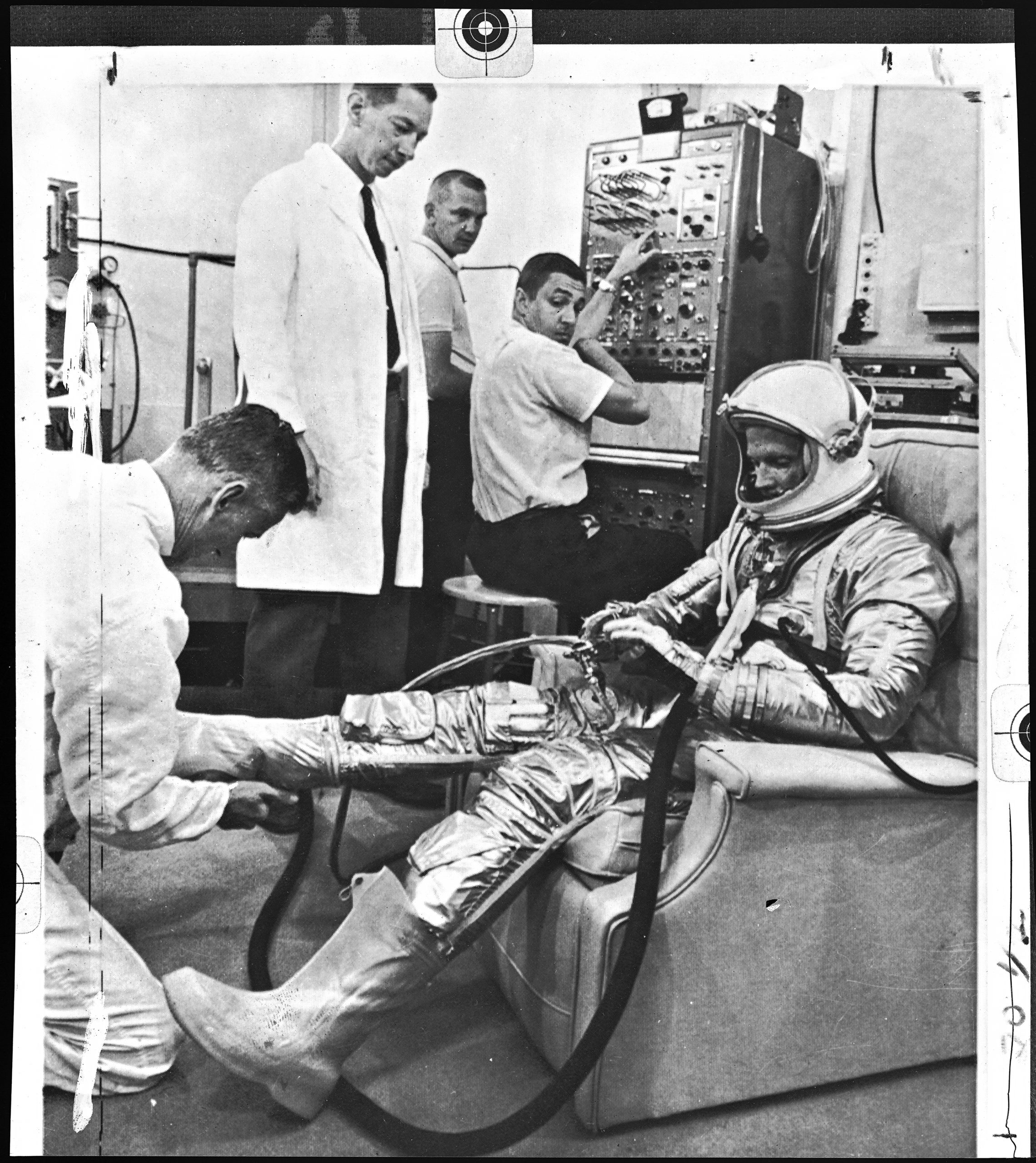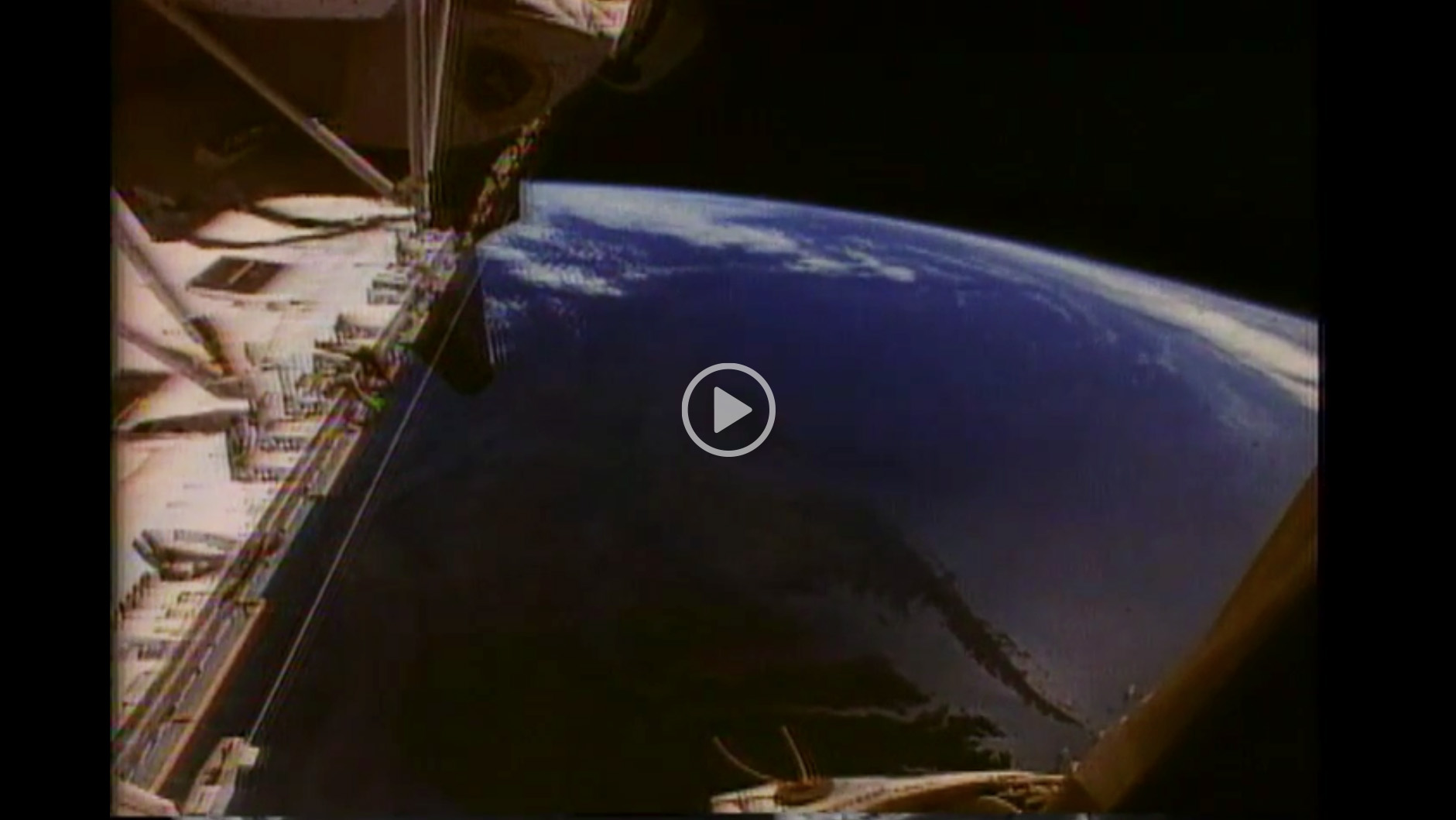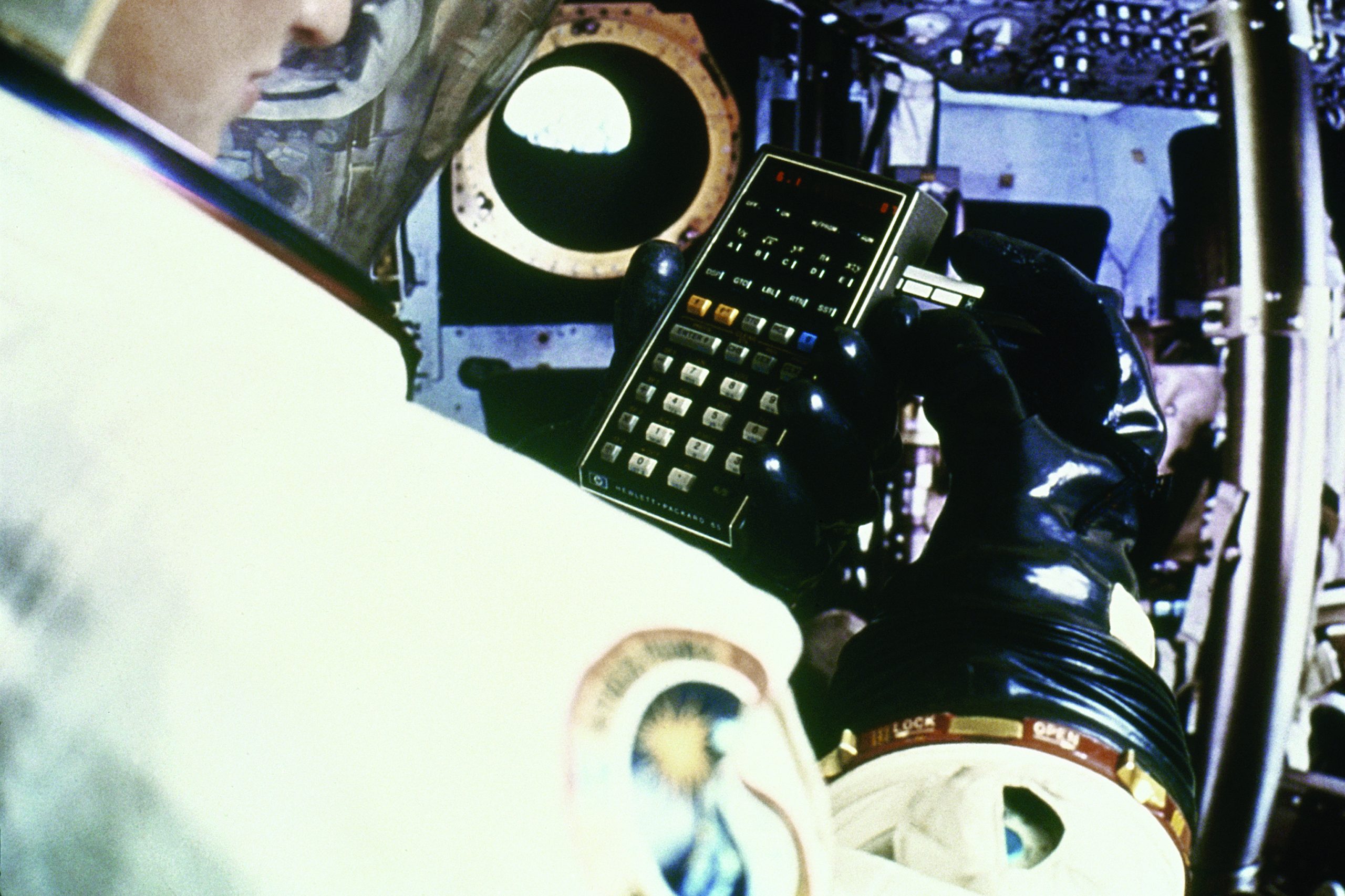
• Hewlett-Packard technology played an integral role in the development of America’s space program, supporting both satellite launches and manned missions.
• HP helped to provide the vital communications link between the astronauts on the Apollo 11 mission and Mission Control in Houston.
• HP technology would continue to support space missions after Apollo 11, a legacy now continued at HP Inc. and Hewlett Packard Enterprise.
HP’s earliest contribution to America’s space program came in 1957, after the Soviet Union launched Sputnik 1, the world’s first manmade satellite. The Stanford Research Institute used an HP 560A Digital Recorder to measure the height of the satellite as it passed over the western U.S.
In 1958, HP instruments were used for both Explorer I, the U.S.’s first orbiting satellite, and Pioneer Station DSS-11, the U.S.’s first deep space antenna. That same year, the U.S. government created NASA to oversee its space exploration program. NASA’s relationship with HP would endure for decades.
NASA trusted HP for manned spaceflights in the 1960s. The medical team at Cape Canaveral used a recording system made by HP’s Sanborn Division to record an astronaut’s vital signs during the Faith 7 mission in 1963. Two years later, HP’s digital voltmeters and oscilloscopes helped power the first crewed Gemini flight. In 1968, an HP E02-5061A Precision Frequency Source and cesium-beam clock enabled Apollo 8’s high-speed computers to communicate with Mission Control in a fraction of a second.
On July 20, 1969, Neil Armstrong and Buzz Aldrin walked on the Moon during the Apollo 11 mission. HP played a part in both the mission’s technical victory and sharing it with the world. The Eagle lunar module used to land on the Moon featured HP diodes and switches. The Launch Control Center at Cape Kennedy and the Mission Control Center in Houston utilized HP equipment, including precision picture monitors. And when the world watched Armstrong’s first steps on the Moon, the Apollo Unified S-band communications network that enabled the live broadcast relied on many HP technologies.
HP contributed to space exploration in the decades following the Moon landing. NASA included HP-41C calculators on several Space Shuttle Challenger missions, and in 1992 Space Shuttle Discovery astronauts used HP medical equipment to study the physiological effects of weightlessness. Recently, printers from HP Inc. and off-the-shelf servers from HPE have been deployed on the International Space Station.
The Hewlett-Packard Company Archives (HPCA) is dedicated to preserving and sharing HP’s rich heritage. Look for further stories about HP’s history in future issues of this newsletter. Please note that throughout this story we have included hyperlinks to related content on the HPCA Virtual Vault, providing additional information and visual accompaniments.
If you have any questions about the archives or if you are interested in donating materials to the collection, please reach out to us at hpca@heritagewerks.com.




